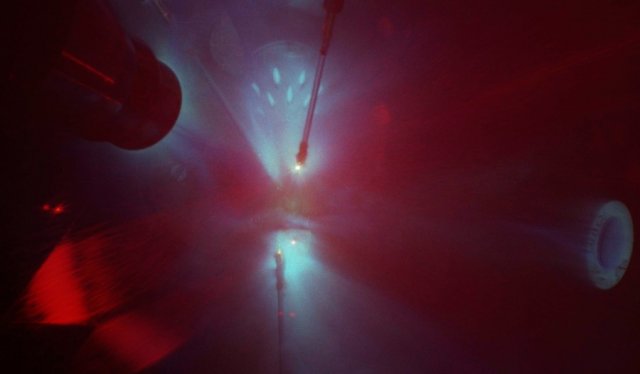Cooling metal oxides could cause expanding exoplanets
Ars Technica » Scientific Method 2012-11-23

For many years, planetary scientists only had to worry about trying to understand the conditions that prevailed in the handful of planets in our Solar System: some small, rocky planets, a couple of ice giants, and a pair of gas giants. But we've now found hundreds of planets orbiting other stars, and the range of potential conditions has expanded dramatically with super-Earths, hot Jupiters, and thawed-out versions of the ice giants. If the conditions near the Earth's core seem foreign to us, consider what it would be like at the core of a hot super-Jupiter, orbiting closer to its star than Mercury does to our Sun.
To understand the conditions that prevail on these exoplanets, we may have to rethink the properties of some of their constituent materials which will be found at pressures and temperatures unlike any we've seen. To get a better understanding of this, researchers have exposed a simple metal oxide (magnesium oxide, MgO) to extremely high pressures and temperatures. They found two distinct phase transitions: one that shrank the material's volume by seven percent and a second that converted it into a metallic liquid, sufficient to drive the dynamos that generate magnetic fields.
In order to study the material under extreme conditions, the authors of the paper lined up a sample of the MgO next to a material that would absorb light from a high-powered laser. When the laser vaporized that material, it set off a shock wave that propagated through the MgO, heating it and raising the pressure dramatically. Changes in the MgO were tracked with an interferometer which followed the progress of the shock wave, and a pyrometer which measured how much heat was given off as the shock wave moved through the material.
Read 7 remaining paragraphs | Comments